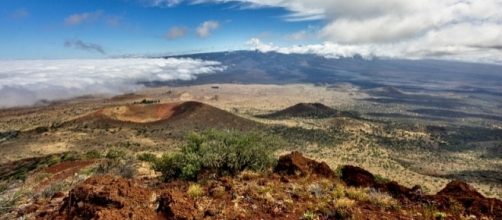NASA has plans for a manned mission to Mars and has started preparatory work. It selected a site in Hawaii which had a surface similar to that on Mars and established a facility there to replicate the environment of the Red planet. This Mars-like habitat is located below the summit of the Big Island's Mauna Loa volcano in Hawaii.
A team of six researchers, consisting of two women and four men, were selected by NASA and sent there in January. They lived in that habitat, totally isolated from civilization for eight months and are now back on "Earth".
They are relishing the taste of fresh vegetables and fruits after having survived on tinned or freeze-dried food during their eight month isolation.
The US space agency has plans for a manned mission to the Red planet by the 2030s and this exercise is seen as another step towards its goal.
Mars mission is on the list
New Zealand Herald reports that the purpose of keeping a team of human beings confined in a tiny space in Hawaii for eight months was to study their behavior and try to understand the psychological impacts of a long-term space mission on astronauts.
A one-way trip to Mars would take two-to-three years and the astronauts would have to remain cooped up in the limited confines of the spacecraft.
Therefore, NASA would have to select individuals and groups that have the right mix and would be able to cope with extreme situations.
This was the fifth project funded by the American space agency at the University of Hawaii facility. It is labeled as HI-SEAS, an acronym for the Hawaii Space Exploration Analog and Simulation and an amount of about $2.5 million has already been earmarked for research at the facility.
Recreating the environment of Mars
The research team had members from the US as well as the UK, and whenever they came out of the habitat, they had to wear space suits and move as a team. The communications they had with the outside world were subjected to a 20-minute delay because that is the normal time delay for signals between Mars and Earth.
The authorities in Hawaii had tried to make the experience as realistic as possible. The crew members had to conduct a variety of predetermined tasks scheduled by NASA and their physical and mental traits were always being monitored via sensors. One of the findings is that conflict, even in the best of teams, is going to be a major factor and the crew members must be able to cope with stress.


